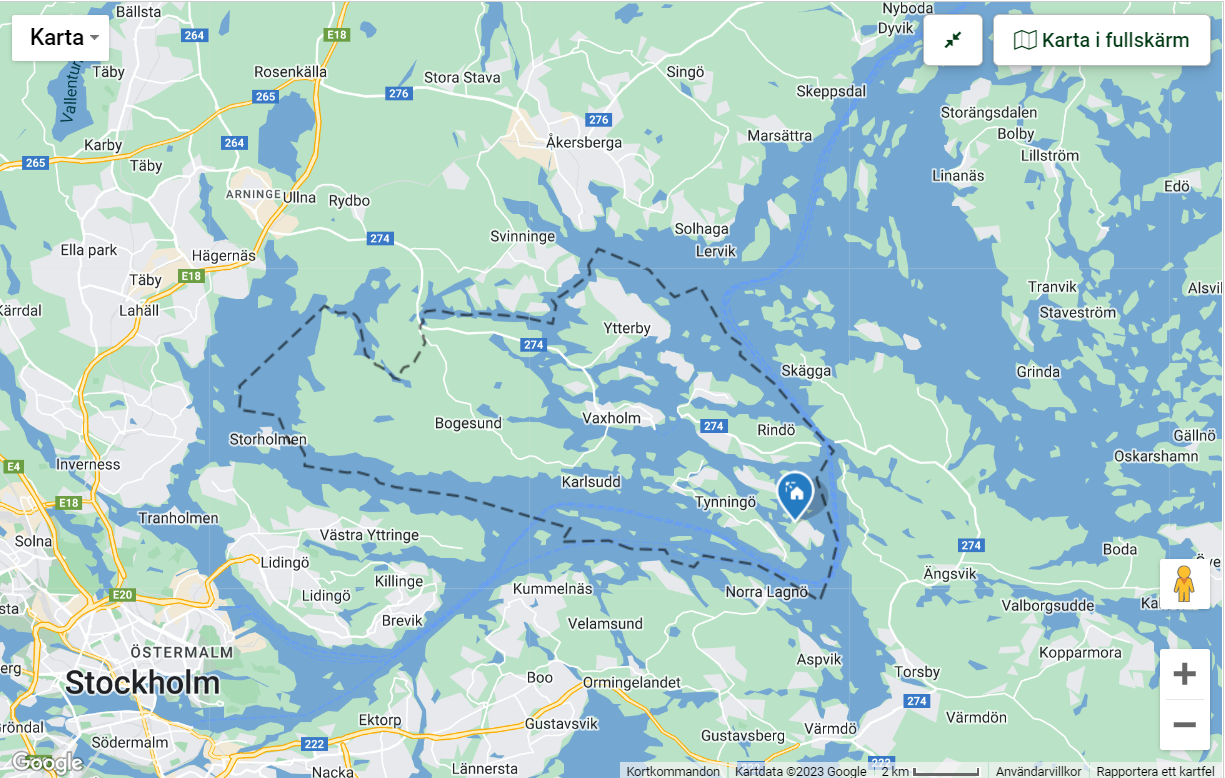General Discussion
Related: Editorials & Other Articles, Issue Forums, Alliance Forums, Region ForumsSwedish miners discover Europe's largest deposit of rare earth metals
Europe's largest deposit of rare earth metals has been found in the far north of Sweden, a find that could aid the production of electric cars.https://www.thelocal.se/20230112/swedish-miners-discover-europes-largest-deposit-of-rare-earth-metals/

Swedish mining company LKAB said the newly-explored deposit, found right next to an iron ore mine, contained more than one million tonnes of rare earth oxides.
“This is the largest known deposit of rare earth elements in our part of the world, and it could become a significant building block for producing the critical raw materials that are absolutely crucial to enable the green transition,” LKAB’s chief executive Jan Moström said in a statement.
“We face a supply problem. Without mines, there can be no electric vehicles,” Moström added. The full extent of the deposit has not been established yet. Moström said it would likely “take several years to investigate the deposit and the conditions for profitably and sustainably mining it.”
Asked when the deposit could actually be mined, Moström said at a press conference it would largely depend on how quickly permits could be secured. But based on experience it would likely be “10 to 15 years”, he said. The find was presented as a delegation from the European Commission visited Sweden, which took over the rotating EU presidency at the start of the year.
snip
Elessar Zappa
(16,335 posts)Aren’t most rare-earth metals currently being mined in China?
The Unmitigated Gall
(4,710 posts)Being found in Japanese territorial waters as well.
DFW
(58,480 posts)Lithium, needed for long lasting batteries has also been found in huge deposits in Bolivia.
Some of these metals are extremely difficult to refine, too. I once had two kilograms of 98.6% pure Iridium. It took me three years to find a place that would refine it, and even then netted only about a third of the going market price for the pure metal. The cost of refining some of these metals, due to the extremely high temperatures needed to complete the process, is enormous.
Shermann
(8,947 posts)This was before the downturn in the stock market, so hopefully this trend continues as the markets recover.
RockRaven
(17,620 posts)Sweden has one village (Ytterby) on one island which is the namesake of FOUR different elements -- yttrium, terbium, erbium, and ytterbium -- because of the ores/mine present there which facilitated their discoveries. Plus four others with related names also discovered from those ores.
https://en.m.wikipedia.org/wiki/Ytterby
Celerity
(50,821 posts)Carl Axel Arrhenius (29 March 1757 – 20 November 1824)[1] was an officer in the Swedish army as well as an amateur geologist and chemist. He is best known for his discovery of the mineral ytterbite (later called gadolinite) in 1787.
The discovery of ytterbite was the first step in identifying an entire group of previously unknown elements, the rare earths. Eight stable rare earth elements were eventually extracted from ytterbite: terbium, dysprosium, holmium, erbium, thulium, ytterbium, lutetium, and yttrium.
We have friends who have a sommarstuga (summer cottage) out in Vaxholm (the area where Ytterby is)
https://www.hemnet.se/till-salu/fritidshus/vaxholms-kommun

sl8
(16,659 posts)Don't know if this person is who they claim to be.
https://www.reddit.com/r/worldnews/comments/10a5wun/comment/j431zyu/
Swedish geologist here who can provide a bit of context to this. As it happens my main field is rare earth elements (REE), and their formation within these types of ores that they are talking about. I have no connection to LKAB, the state owned mining firm that announced the discovery.
While they are hailing this as a deposit of REEs what it most likely is is a greenwashing by the Swedish state, and LKAB to more easily sell the public on more iron mining, as this is really just yet another iron ore that happens to have a high content of REE. Shockingly high to be honest, almost enough to make me a bit skeptical that they hadn’t misplaced a decimal in the press release.
The major iron ore deposits that are mined in the Kiruna area, Kirunavaara, Malmberget and so on are what are known as iron-oxide apatite deposits. These occur in other places in Sweden, including central Sweden, Grängesberg, Blötberget to name a couple, and in the world. They are rich in, well, iron, as well as the mineral apatite, which containes abundant phosphorus. Phosphate minerals like apatite have a habit of acting as sort of a vacuum for REEs, enriching them in thes iron ores. These deposits also contain other REE minerals, xenotime, monazite, allanite.
Now why do I suggest that this is greenwashing? Well REEs are a hot topic right now due to being metals that are critical in transitioning to green technology, as well as other high tech uses. The currently mined iron oxide apatite mines up right next door to this new ore body also are rich in REE. Not as rich, but they come out to be about 0.07 percent on average in these ores, but the sheer volume of ore means that the potential tonnage is high. But they aren't hailed in the media as a harbinger of European REE independance.
[...]